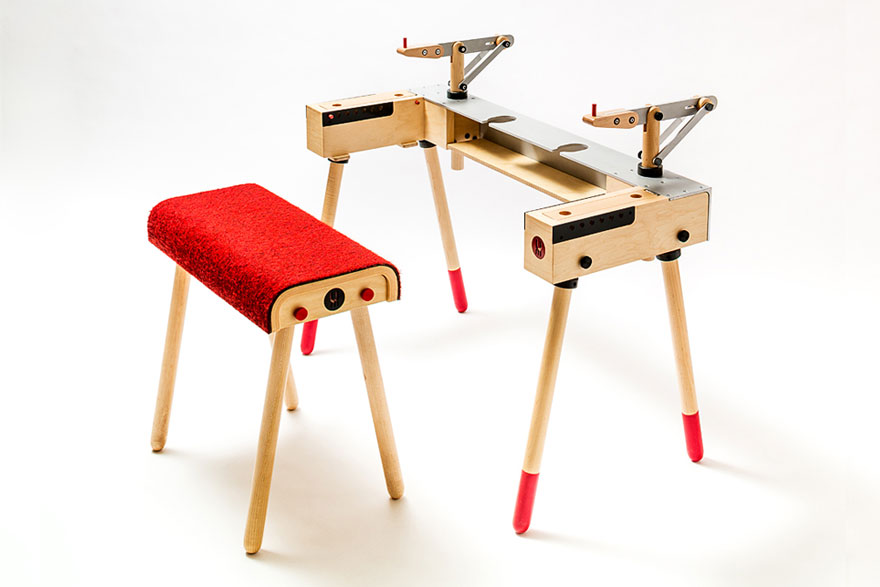 Remind me again how this isn't clickbaiting?
Remind me again how this isn't clickbaiting?
The first thing I thought of when I heard about Hot Malm was that I'd heard about it before. Except that it wasn't a faux-porn website featuring anthropomorphized IKEA furniture—it was a Tumblog of IKEA furniture that happened to be in the background of prurient videos, transformed into the bite-sized image format du jour, the animated GIF. It turns out that the new site, HotMalm.com (SFW, for all intents and purposes), was developed by droga5's Asa Ivry-Block & co., presumably as a viral campaign for the Swedish furniture powerhouse (all of the links drive traffic to IKEA product pages). If nothing else, it's a cheeky exercise in copywriting, predicated on lewd puns—"Hot Malm from Behind" is the most PG; rest assured the captions allude to porno tropes from top to bottom—and, as Ivry-Block told Animal New York, "We were inspired by a mission to share Malms of every size and color with the world."
As for the Tumblr—well, that's where it goes from off-color into a gray area, so to speak: JustAnotherIKEACatalog.tumblr.com is a tongue-in-cheek compendium of IKEAspotting... in amateur pornography. (It should go without saying that it's entirely NSFW; Animal's write-up includes a couple of softcore, borderline SFW images, for reference. Emphasis on borderline.) Per the about page, "JAIC is a non-IKEA affiliated project... Every post includes an animated gif from the amateur pornography video enhanced with some more information about the IKEA product in the video. A link at the bottom sends you straight to the IKEA website to check if the product is available at your local IKEA store." If HotMalm.com is an IKEA catalog disguised as an X-rated website and Just Another IKEA Catalog is precisely the opposite.
(more...)



















 Dragonfly chair photos by Diego Alta
Dragonfly chair photos by Diego Alta
 Early sketch models
Early sketch models The first prototype
The first prototype
















 Above and below: Miller's office in his Brooklyn studio
Above and below: Miller's office in his Brooklyn studio







 nest / Kanda SU (1999-2004)
nest / Kanda SU (1999-2004) Future House (2010)
Future House (2010) Future House (2010)
Future House (2010)












